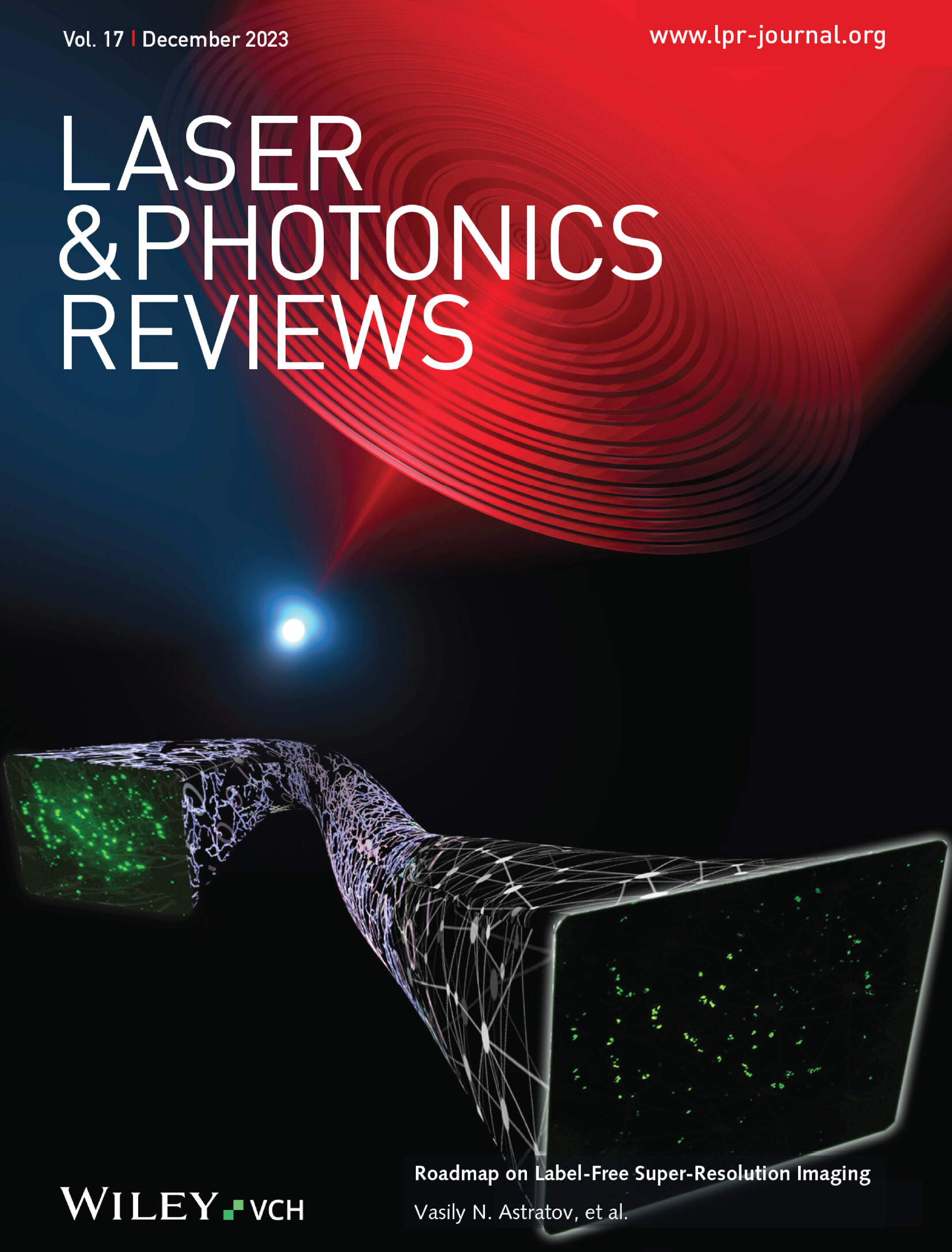White-Light Sensitization Strategy for Upconverting Anticounterfeiting
IF 9.8
1区 物理与天体物理
Q1 OPTICS
引用次数: 0
Abstract
Upconversion luminescence (UCL) presents a promising avenue for optical anticounterfeiting applications; however, its practical implementation is often limited by low visibility in bright environments. In this study, a white-light sensitization strategy is introduced to significantly amplify UV UCL for improved security measures under well-lit conditions. By integrating 808 nm infrared excitation with a white-light flashlight exposure, a ten-fold increase in UCL intensity at 354 nm is achieved from a NaYF4:Nd3+ phosphor. This enhancement arises from a multi-photon excitation process, wherein white light directly populates the high-lying 4G7/2 and 4G5/2 intermediate levels of Nd3+, excited states otherwise only accessible via two-photon infrared absorption. This white-light sensitization approach enables robust UV UCL emission to be detected even in bright settings, overcoming a major limitation of traditional UCL-based anticounterfeiting. Moreover, the feasibility of this method is demonstrated through UV imaging, highlighting its potential for advancing security and authentication technologies.

求助全文
约1分钟内获得全文
求助全文
来源期刊
CiteScore
14.20
自引率
5.50%
发文量
314
审稿时长
2 months
期刊介绍:
Laser & Photonics Reviews is a reputable journal that publishes high-quality Reviews, original Research Articles, and Perspectives in the field of photonics and optics. It covers both theoretical and experimental aspects, including recent groundbreaking research, specific advancements, and innovative applications.
As evidence of its impact and recognition, Laser & Photonics Reviews boasts a remarkable 2022 Impact Factor of 11.0, according to the Journal Citation Reports from Clarivate Analytics (2023). Moreover, it holds impressive rankings in the InCites Journal Citation Reports: in 2021, it was ranked 6th out of 101 in the field of Optics, 15th out of 161 in Applied Physics, and 12th out of 69 in Condensed Matter Physics.
The journal uses the ISSN numbers 1863-8880 for print and 1863-8899 for online publications.

 求助内容:
求助内容: 应助结果提醒方式:
应助结果提醒方式:


